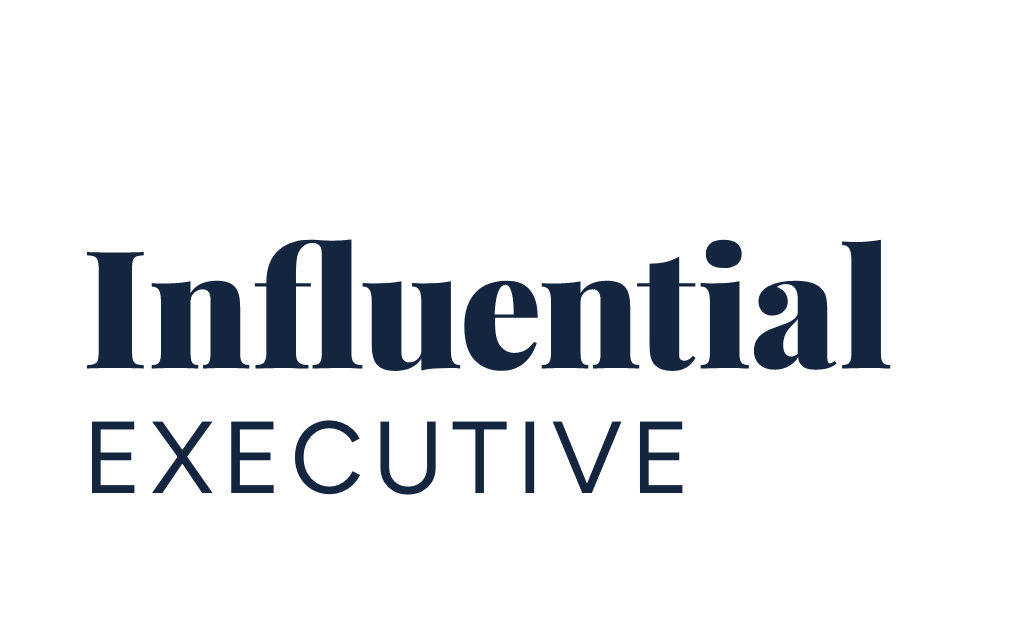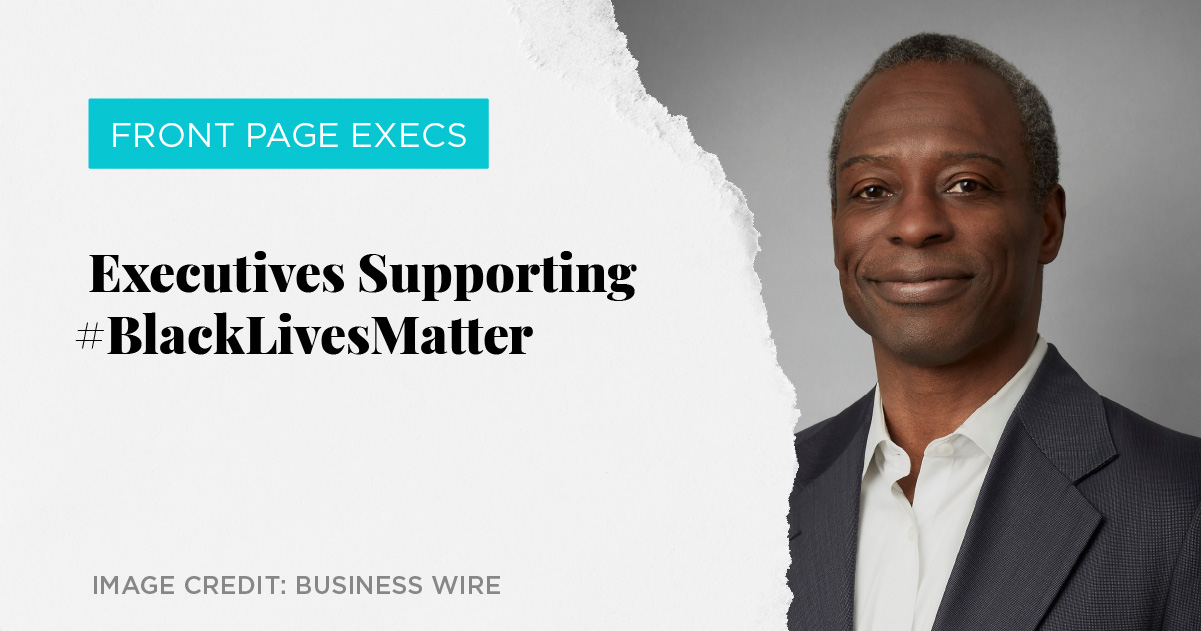While the Black Lives Matter movement was founded back in 2013, protests against police brutality and anti-black racism have been mobilizing around the world in the last two weeks in response to the murder of George Floyd on May 25. Since then, various leaders and companies have used their social media platforms to support the movement and express messages of solidarity.
Hearing from executives, especially from those who lead large corporations, encourages those around them to mobilize as well. Brands that are sharing tangible plans to tackle systemic racism by looking within their own companies and working from the inside out are resonating most with audiences.
As we saw with the COVID-19 pandemic, social media users are expecting brands to respond to the current social climate, rather than ignore it. They expect companies and executives to take a stand and have been scrutinizing businesses that remain silent. Studies show that leaders and brands who actively acknowledge the situation and show a genuine concern for their customers are more likely to foster deeper relationships with their base. Executives who take this time to use their personal platforms to speak on behalf of their companies are also more likely to come across as authentic, which will result in higher engagement and positive feedback.
This article will highlight two Black CEOs—both of whom are on the Fortune 500 list this year—who are using their positions as leaders of major companies to enact change and using their social media platforms to relay this information to their audiences.
Fortune 500 Black CEOs
Jide Zeitlin, the CEO of Tapestry (which is the parent company of Kate Spade, Stuart Weitzman, and Coach), uses LinkedIn as his primary social media platform.
While Tapestry stores were recently looted in the wake of the protests, Zeitlin chose to publicly prioritize the movement for social change against racial inequality instead. In an interview with Good Morning America, he stated that while “handbags and windows can be replaced,” what cannot be replaced are the countless black lives lost to anti-black racism.
Zeitlin shared the video clip of his interview on his LinkedIn page, and used the post caption to encourage others to “be human” during this time. Zeitlin also made sure to tag Good Morning America in the copy, which will help to reach a larger audience. Since videos are an effective medium for allowing a leader’s voice and presence to come across in a more relatable manner, executives should consider including audio and video on their social platforms.
In a second post, Zeitlin highlights the open letter he wrote to his employees on the topic. The post links to the full article, which is published on the LinkedIn platform. In it, he discusses how Tapestry plans to address systemic racism, including specific actions the company will take. In the post copy, Zeitlin mentions that writing the letter was an emotional process for him, and that this situation is “personal” for him. Zeitlin’s individual perspective shown in the video interview supplemented with the announcements he makes on behalf of the brand helps to position himself as an authentic leader who is genuinely committed to social change.
Jide Zeitlin’s posts on the topic of anti-black racism show that leaders can (and should) embrace vulnerability and transparency, especially during challenging times.
Roger Ferguson, the CEO of TIAA, an insurance company, has also shared his personal thoughts on the #BlackLivesMatter movement on his LinkedIn page.
In one post, Ferguson shared a text-only post highlighting his thoughts about the George Floyd murder. He frames the sentence by starting off with the word “personally.” Using simple yet effective language like that helps to humanize the content, and position executives as offering their genuine opinion, rather than an overly generic or manufactured response.
Ferguson notes that racism is a “national crisis,” which clearly showcases his stance on the matter. This is important for executives to consider, because though many brands have historically strayed from incorporating politics into their messaging out of fear of losing customers, it is becoming increasingly clear that neutrality on the subject of #BlackLivesMatter is not what the general public wants to see.
Similar to what Jide Zeitlin did, Ferguson also published a post that highlights the open letter he wrote to his TIAA clients where he addressed how the company will deal with racism going forward. The post itself links to the company’s website where followers can read the full letter. Ferguson also attached a quote graphic to the post which highlights a section of the letter, wherein he outlines his own experiences. It is an effective way to entice users to read his full article. In addition, Ferguson’s ability to use a relevant personal story to inspire others to take action speaks to how impactful a leader’s personal experience can be in building brand authenticity. It results in engaging content other social media users want to engage with and encourages others to contribute to positive social change.
Our Tips for Executives Weighing in on #BlackLivesMatter
Social media is an effective way for influential leaders to connect with the public, as it offers them the opportunity to connect with their audience more directly. Right now in particular, many are relying on social media for the most accurate accounts and live updates of the #BlackLivesMatter movement. Because of this factor, platforms like Instagram, Twitter, and LinkedIn can be used by executives to share information and contribute to the movement, whether it is their personal thoughts or what their company is doing.
With only four Black CEOS on the Fortune 500 list this year, it is clear that there is still more work to be done in terms of amplifying Black voices so that the world can effectively dismantle structures of systemic racism. Going forward, executives should not only focus their efforts on speaking up about the #BlackLivesMatter movement but also make a conscious effort to highlight actions their company is taking. For more insight on how to get your executives on social media, click the button below to download our step-by-step guide!
href="#" data-color-override="false" data-hover-color-override="false" data-hover-text-color-override="#fff">Access your free resource today!



